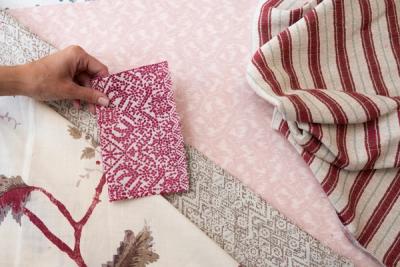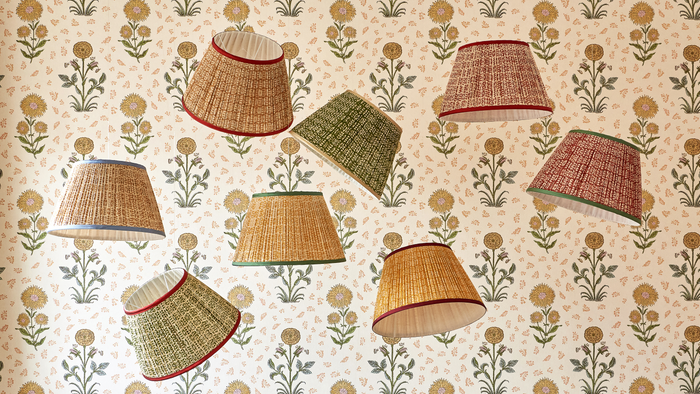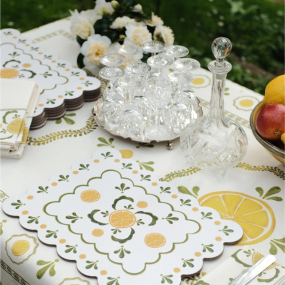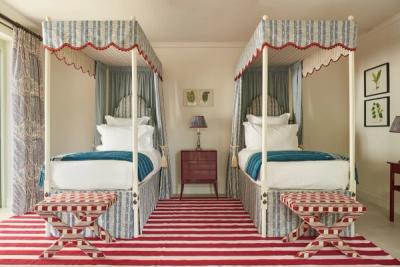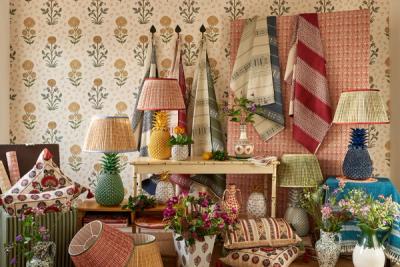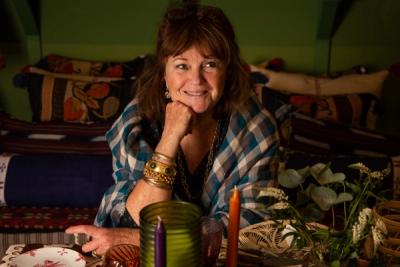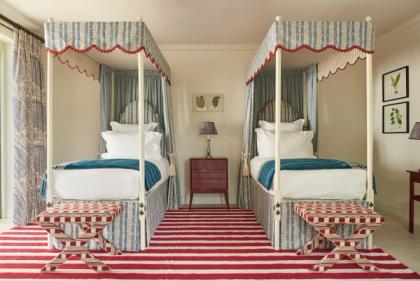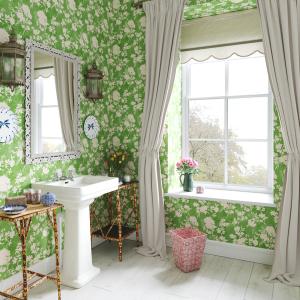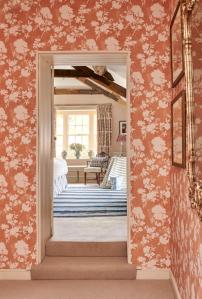Decoration
Terracotta: a Timeless Feature for the Kitchen?
Terracotta is listed as one of the favourite colours for 2023. Is this in keeping, or a new revival for the medium?

Terracotta: a Timeless Feature for the Kitchen?
Terracotta – which, translated, means ‘fired earth’ – lives up to the promise of its name. There is no single shade of terracotta, but a rich and immersive spectrum of natural orange and brown hues, fired to a pleasing palette that transports us to the rooftops of Mediterranean villas, or cluttered greenhouses overflowing with untamed vines and sun-dried flowers.
While terracotta’s natural tone means that it could find its way into the more neutral, natural palettes – those fit-anything browns, beiges, greys, and creams that go so well in all types of interior design - never seem to fall out of style. But terracotta’s ability to bridge the gap between brown and orange gives it a strength of quality that those neutrals are missing. The right lighting can create a golden glow unlike any other. It’s distinctive and, for that reason alone, a bolder choice.
So often, boldness is associated with those easily-dated, love-it-or-hate-it design choices – shiplap, barn doors, densely patterned carpets, and other elements that have had their time in the sun and, generally, lost it again.
The kitchen is a haven for natural tones – sage green, midnight blue, stark white or overcast grey, for instance. But what about terracotta? Could it stand the test of time?
Terracotta and its Expressions
Terracotta is inviting and rustic. It’s best expressed in more organic shapes – hand thrown pottery, tiles with uneven surfaces and ever-so-slightly wavy edges, a precarious stack of plates, or a Mediterranean roof patch-worked by age and sun. A paler iteration can be found in fresh, unpainted plaster, and really comes to life in the rough, textured appearance of venetian plaster blooming on the walls.
Similar colour palettes always seem to feature in trending interior design articles. In 2022, it was the comforting red of incarnadine. In fact, it was also terracotta rouge, according to many experts. Its versatility is unrivalled – the luxuriously inviting range of browns and oranges effortlessly intertwines with any number of contrasting hues, from natural greens to lighter, brighter pastels or metallic accents.
For the kitchen, terracotta can feel as though it really belongs. The beautifully rich colour can be expressed in the room’s core materials – the floor’s tile, crockery, the work surfaces or the walls themselves.
The beautiful thing about terracotta features is that they can be used in moderation, without diluting their power. A terracotta backsplash, for instance, can add a rougher complement to plain white walls or fittings. Alternatively, venetian plaster protected against the kitchen’s elements by a few courses of sleek, white tile can marry the roughness of terracotta with a more put-together style of decor.
But the organic shapes of hand-made terracotta pieces needn’t be balanced against clean white lines and shapes if that’s not your style. Other features that create a less rigid, more traditional impression – for instance, block printing as used in our Ashok wallpaper, or hand embroidery – can combine to create a home with a very laid-back (though beautifully curated) atmosphere.
Whether all-out or subtle, the eye will always wander to the warm hue of terracotta, as if the sun was setting in the corner of the room on a charming summer's day.
Can it be a Classic?
Terracotta is a strong colour, with very strong connotations. From the spice markets of Marrakesh to the rooftops of Spanish villas, the potting shed to some of the world’s most recognisable buildings and temples, it’s a shade that features prevalently in our lives – and the lives of millions around the world.
But, at the same time, it’s a colour that we subconsciously associate with the unfinished: a freshly plastered wall waiting for paint, or unpainted ceramics fresh off the wheel. That’s not to say terracotta can’t be used, but that it occupies something of a liminal space in the design world.
If you are ready to embrace the liminal, however, the kitchen is the perfect medium in which to explore terracotta. Its close association with tableware – or with leisurely, two-hour Mediterranean dinners (https://www.pennymorrison.com/journal/how-to-channel-mediterranean-style-through-your-dinner-table) on sun-drenched balconies – and its unique-though-natural hue suit the utility of the kitchen, while rooting it to the natural world on which we depend for sustenance.
It's a romantic idea, as is the colour itself. True, it takes a bolder hand than some of the more neutral neutrals, but it’s more than worth the extra creativity it demands from you.
More from Decoration



